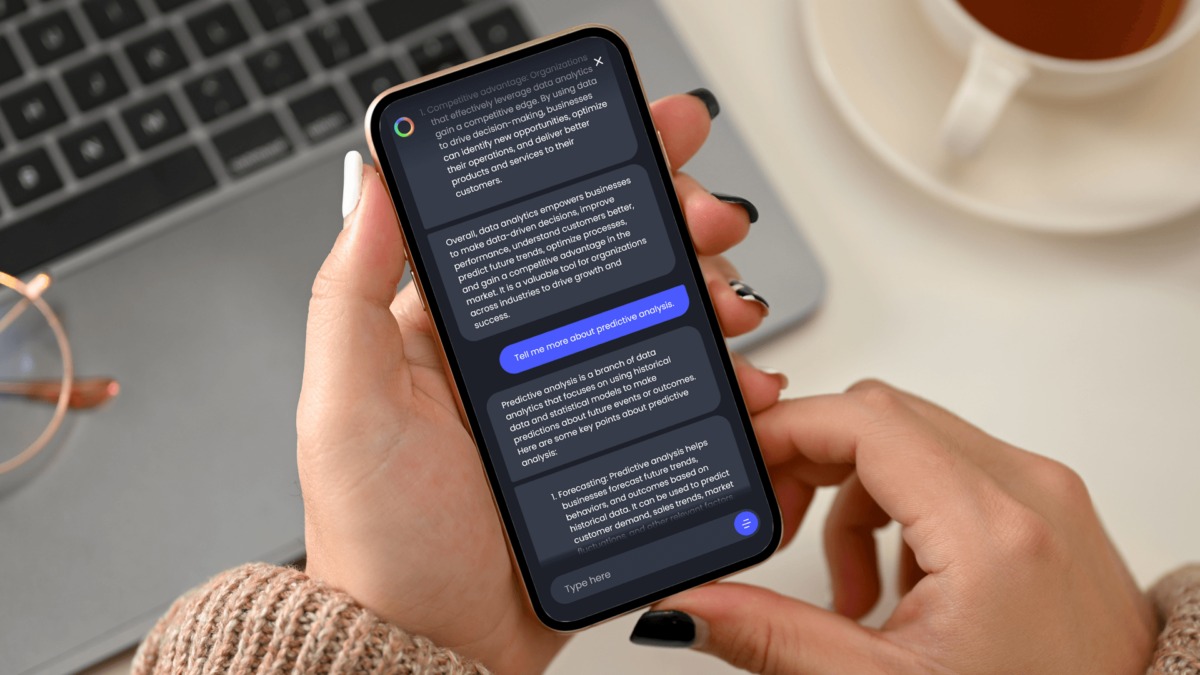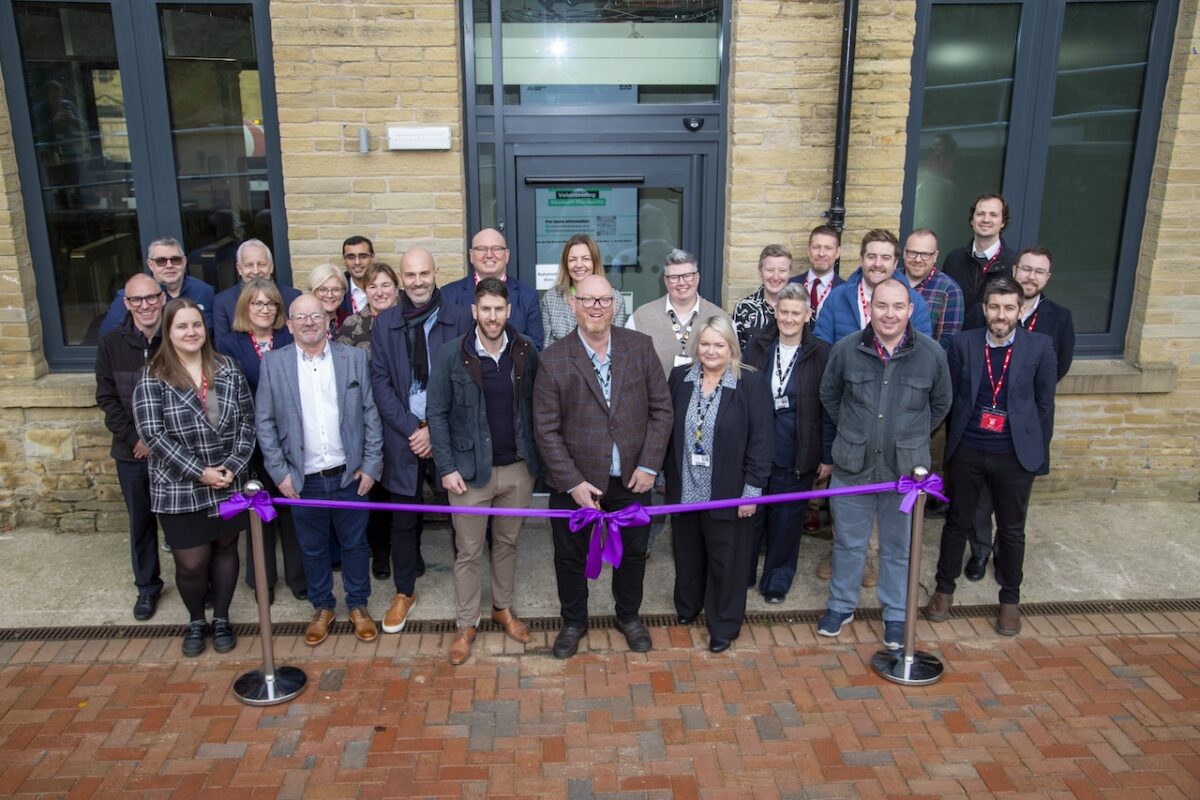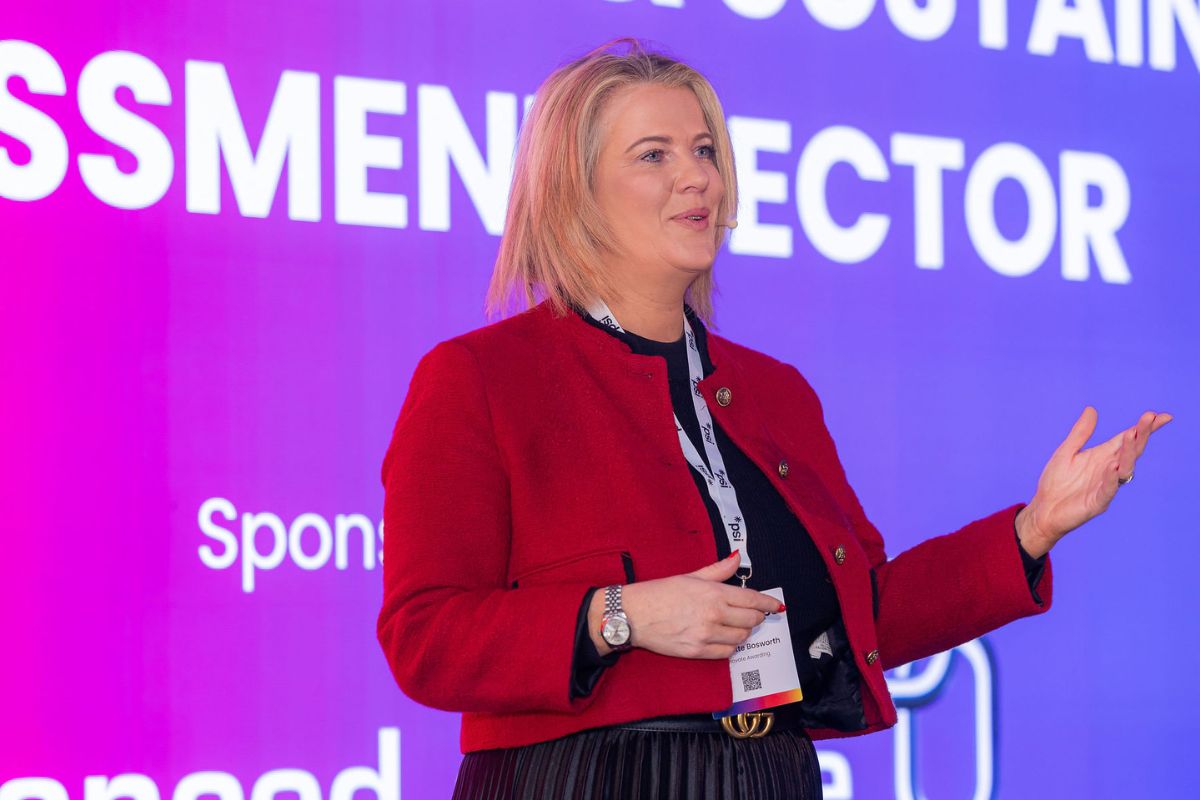Smart Campus: Bringing Real-time to the Further Education Sector

In this article Jamil discusses the possibility of digital transformation within the further education sector. Through the introduction of omnichannel learning, providers can create a real-time campus that can benefit both the students and faculty, maximising the potential for all.
Further education bears many scars left behind from the pandemic and the knee-jerk responses universities were forced to make. The pandemic and the sudden shift to remote learning have left a lasting impact.
Although some institutions were able to adapt to the change, outdated technology and limited resources made it challenging for many. Throughout this experience, students and faculty alike had mixed opinions on the success of remote learning and whether the existing technological backbone of the institution was fit for purpose. Now, two years later, universities can reflect on the lessons learned from remote/hybrid teaching to consider how technological solutions can be implemented in further education to build upon the existing campus operations and teaching styles. This has led to an emphasis on digital transformation in higher education institutions to provide an “omnichannel” campus and learning environment that embraces the benefits of both in-person and online teaching., ultimately catering to all the diverse needs of students and faculty.
Omnichannel learning
There is a growing demand for innovative and technologically advanced solutions in higher education. This younger generation wants to join universities with the latest advancements, adding pressure on institutions to upgrade their systems and infrastructure. The benefit of omnichannel teaching is that it provides more flexibility within the learning environment – for instance, lecturers can plan and record ahead of classes, and students can access learning resources as needed.
Adopting an omnichannel approach to higher education offers numerous benefits for students. This approach recognises that effective education is not a one-size-fits-all solution, and provides students with access to learning materials at their own pace, whether that’s before or after a class. This particularly supports students with disabilities, who may face challenges with attending classes in person or require additional digital support for a more personalised learning approach. The same can be said for students
studying part-time, who require greater flexibility from their university so that they can manage their academic commitments alongside other responsibilities such as jobs, childcare etc. Ultimately, an omnichannel education enables all students, regardless of background or circumstance, to receive a high-quality learning experience tailored to their individual needs.
At present, universities are using a variety of technological solutions to provide this teaching, meaning that lecture recordings, teaching materials, assignment submissions and class sign-ups are often on disparate platforms. This creates teething problems with accessing the correct information, teething problems with uploading and downloading lectures and overall complications with the hybrid teaching experience. To maximise the efficiency and viability of this learning approach requires an enterprise architecture that can glue these separate platforms together, to become a truly seamless and omnichannel solution. Implementing a software solution such as event-driven architecture (EDA) facilitates the movements of all ‘events’ occurring in the system. These ‘events’ are anything from a professor uploading their lecture recordings to a student enrolling in a class. These actions trigger a subsequent ‘event’ in the system in real-time so that there aren’t delays or data silos in the system preventing students and faculty from using the system.
A real-time campus
The benefits of omnichannel solutions reach beyond the teaching aspect of universities, as the same technological solutions offer a host of opportunities for improving the operation and efficiency of the entire campus. The creation of a Smart Campus starts with centralising all aspects that comprise it: sports facilities, library services and academic departments. Gluing all these departments together allows universities to create an internal ecosystem, whereby students and faculty alike can access the services they need in a user-friendly platform. For instance, societies can better access updates on available facilities in real-time, and book sessions for their training. This helps form a timetable for the university so that managers of these facilities can ensure it is being accessed fairly and efficiently. Likewise, if implemented within the learning and library services, EDA can glue systems together so that students and staff can book study rooms, reserve academic journals or books and stay up to date with library capacity and opening times. Streamlining all campus facilities and resources enhances the overall student experience and participation, as well as operational efficiency for the university.
Real-time Business Impact
It is no secret that higher education institutions are becoming increasingly commercialised. These institutions do not live in vacuums; they are businesses with partners, employees and success markers. When implementing an event-driven architecture at the operational level, opportunities are endless. Once implemented and running, the Smart Campus with omnichannel learning will have a significant business impact and growth. Beyond the immediate benefits of attracting the best students and faculty members to join the university, from the operational perspective, being able to gain real-time insights into the success of academic departments and their output will greatly support business benchmarking and growth.
Each academic department operates as a mini business within the institution, each with its own teaching standards and research output goals and operational efficiency. With EDA, departments can fine-tune their course load and enrollment so that prospective students are easily onboarded to the degree programmes. They can improve their day-to-day efficiency by centralising all aspects of hybrid teaching to improve management and support. Through the implementation of EDA, departments will be able to make meaning of their internal data, improving their overall operational efficiency and supporting planning for the future.
Following the pandemic, now is the right time for higher education institutions to implement meaningful internal changes and best practices. However, the key to this transformation is supporting the backbone of the system, so that all systems, departments and degree programmes operate seamlessly. Once fully integrated, universities can be creative in how they choose to maximise their systems to provide a smart campus for all.
Jamil Ahmed, Distinguished Engineer, Solace











Responses